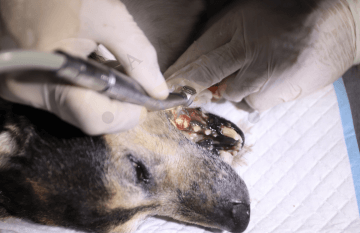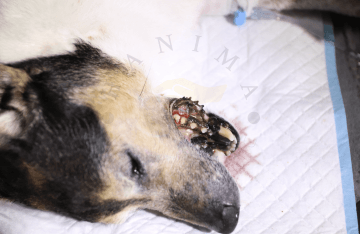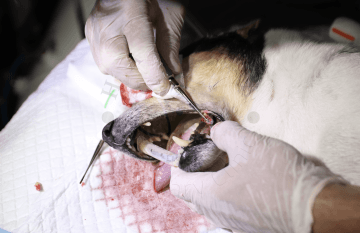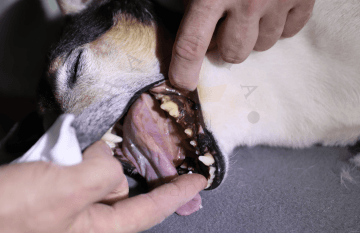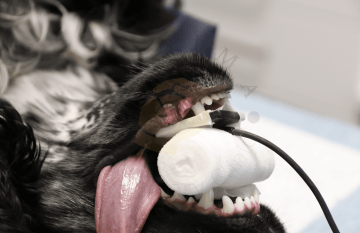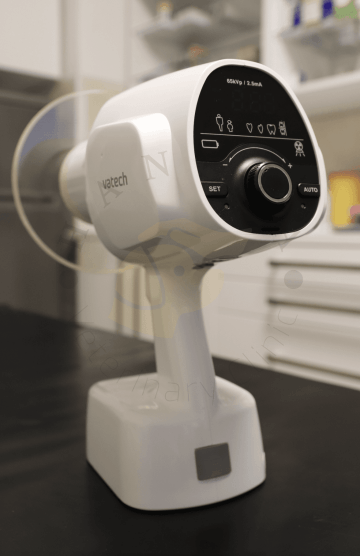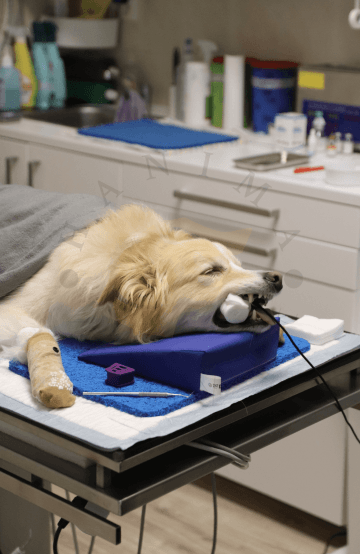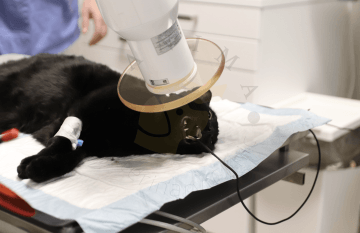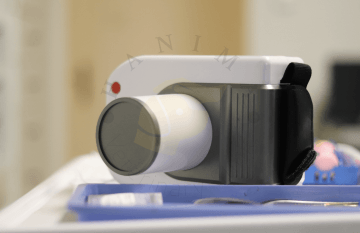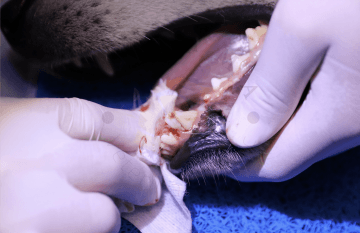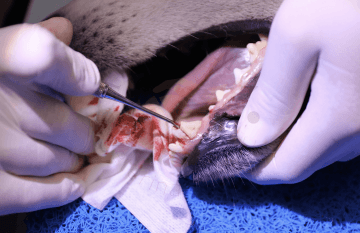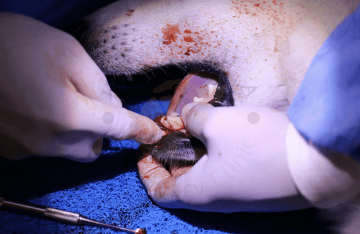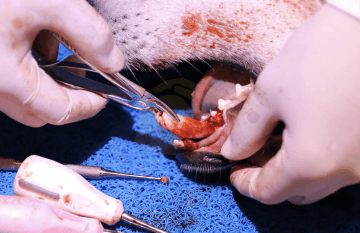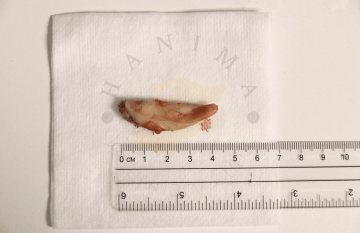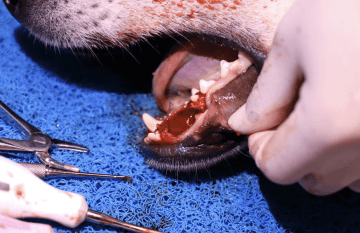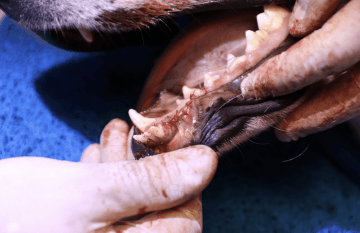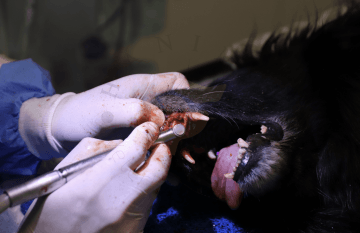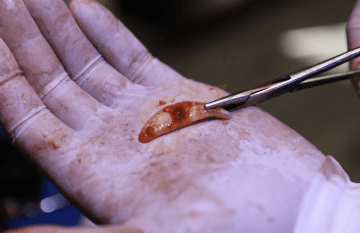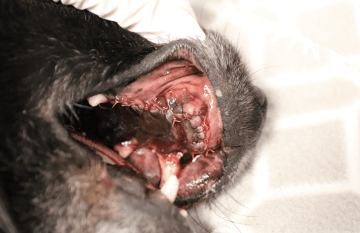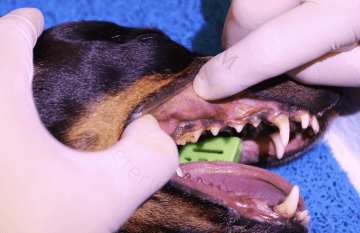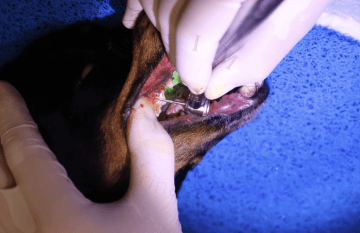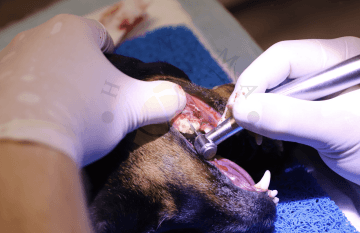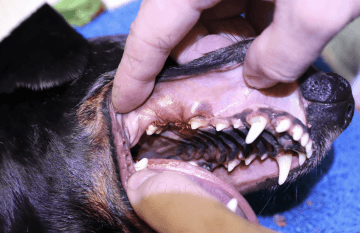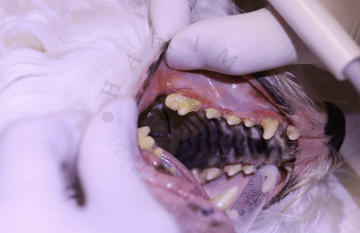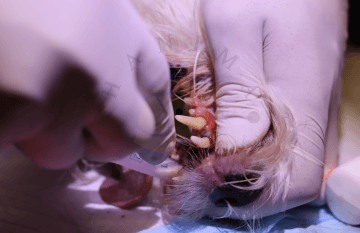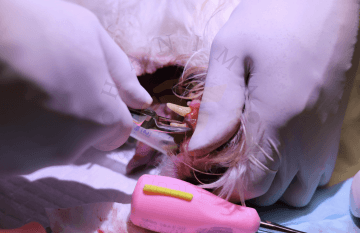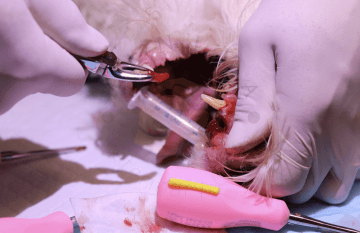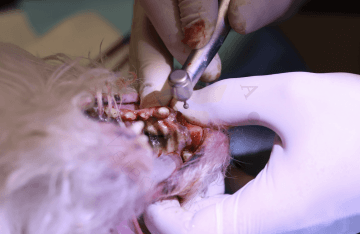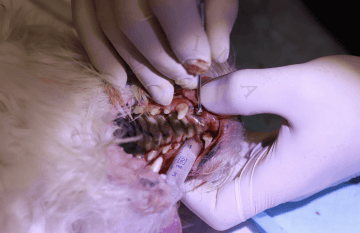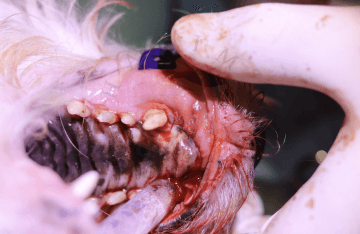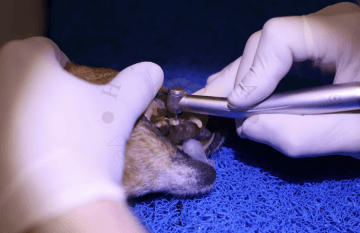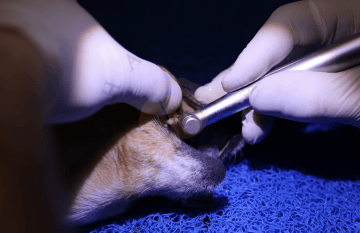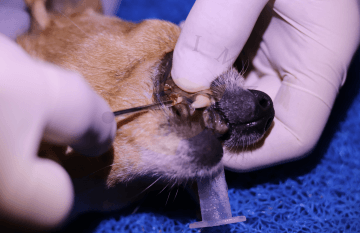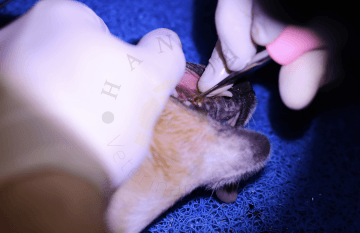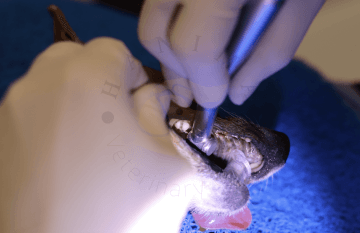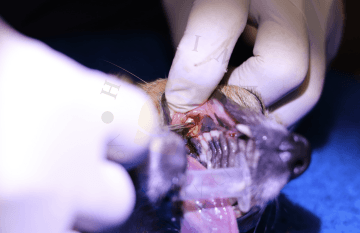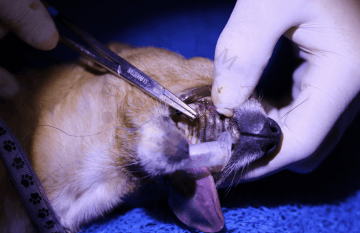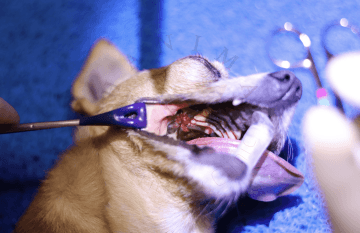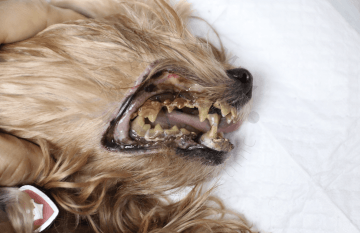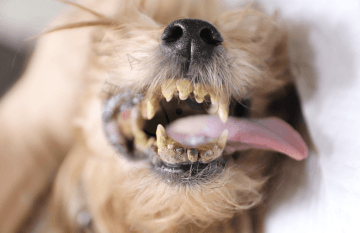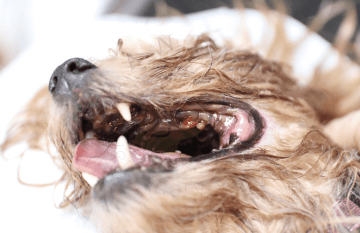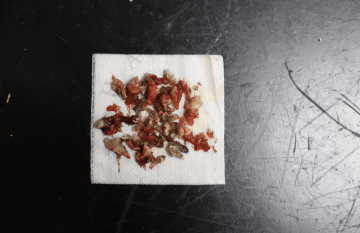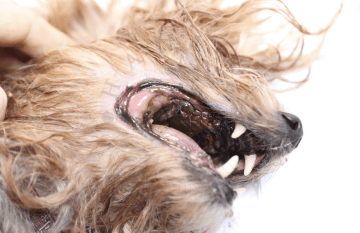Surgical extraction of permanent teeth
Professional Dental Consultation
The first step before any dental procedure with us is always a professional dental consultation, also known as a dental examination. Without this, we are unable to determine the type, extent, or cost of the necessary dental or dental surgical procedure. We strive to approach our clients transparently to ensure that it is entirely clear what needs to be done and how much it will cost.
The price for a professional dental consultation is 940 CZK.
What are the 5 less common reasons for tooth extraction?
1. Periodontal disease
The periodontium, or the tissue surrounding the tooth, is made up of four basic components: gingiva, periodontium, alveolar bone and cementum on the root surface. Each of these components has its irreplaceable meaning, unique structure and function. Pathological processes affecting even just one of the components can significantly affect the periodontium as a whole.
The main reason why we have to extract a dog's tooth is complications with periodontal disease. There are four stages of periodontal disease in dogs and a case must progress to stage three before tooth extraction is recommended. Once enough bone and gum tissue is destroyed, the tooth cannot heal and extraction is the only possible treatment.
2. A broken tooth
If a tooth is broken, either only the enamel is chipped off and the dentin is exposed, the affected tooth is subsequently sensitive to heat, cold and pressure. Or, which is far worse, the pulp (the soft part of the tooth containing blood vessels and nerves) can be exposed. In this case, endodontic treatment or vital amputation of the pulp is appropriate. At our workplace, we always try to save a broken tooth if possible. It mainly concerns strategic teeth - canines and teeth of the blockbuster complex. Whether it will be possible to save a broken tooth and treat it properly with an appropriately chosen method must be assessed on the basis of an intraoral X-ray.
3. An unerupted tooth
If the tooth is unerupted, i.e. it remains below the gum line and is not visible to the naked eye, there is a risk of developing a destructive odontogenic cyst in the jaw. Although unerupted teeth can be painful, dogs rarely show obvious signs of pain. Dental cysts, including the original tooth, must be removed carefully, as the jaw can easily be fractured during the extraction itself. Dental cysts can be prevented if unerupted teeth are addressed at an early age. The most common occurrence of odontogenic cysts is in dogs of brachycephalic breeds (dogs with a short snout), such as the pug, Maltese, Pekingese, English bulldog, French bulldog and Boston terrier.
4. Tooth decay
Tooth decay, or bacterial infection of the teeth, is common in humans, less common in dogs, and virtually non-existent in cats. This problem affects less than 10 percent of patients with dental disease. We choose tooth extraction if it is no longer possible to save the tooth in another way and a significant part of the tooth and periodontal structures have been destroyed. Otherwise, we try to save the tooth with caries therapy - the decaying structure of the tooth is removed using a dental bur until healthy dentin is reached. The missing tooth structure is then replaced using a composite. Dogs that have had tooth decay are prone to further lesions.
5. Malocclusion
Sometimes it happens that the teeth are in the wrong position, in the so-called malocclusion. If teeth that are misaligned in the oral cavity injure the soft parts of the mouth or collide with other teeth and cause discomfort and pain to the dog, these teeth should be extracted. This condition is called traumatic occlusion.
How long is the recovery after tooth extraction?
The extraction recovery time depends on the overall health of the animal, its age and the disease that resulted in the extraction of the affected tooth. Practically, we can say that the recovery time is 7-14 days. During this time, the animal should receive soft food, avoid rough games and limit access to chew toys. The stitches in the mouth are self-dissolving and will fall out in about 14 days, it is definitely not recommended to pull the stitches if you find them in the mouth even after 14 days, it is always better to call and get advice on what to do next. Pain medication is given for several days - again, it all depends on the complexity of the particular case.
What else can I do?
So that you don't have to let your dog pull his teeth in the future, make sure to brush his teeth regularly - mechanical cleaning is the best way to prevent dental diseases. You can find more about prevention here. Also pay attention to regular veterinary checks.

